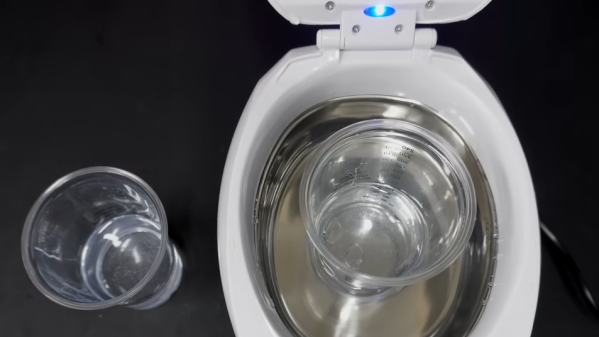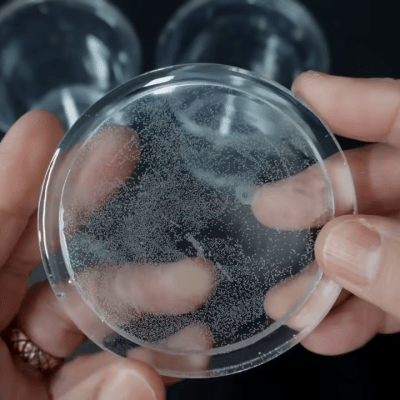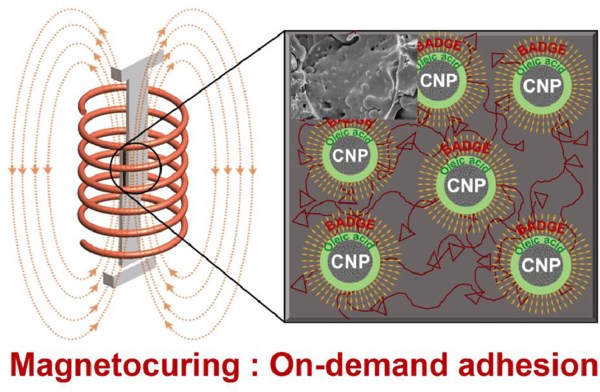Here’s a fun build. Over on their YouTube channel our hacker [Atasoy] shows us how to make a custom floral keyboard keycap using resin.
We begin by using an existing keycap as a pattern to make a mold. We plug the keycap with all-purpose adhesive paste so that we can attach it to a small sheet of Plexiglas, which ensures the floor of our mold is flat. Then a side frame is fashioned from 100 micron thick acetate which is held together by sticky tape. Hot glue is used to secure the acetate side frame to the Plexiglas floor, keeping the keycap centered. RTV2 molding silicone is used to make the keycap mold. After 24 hours the silicone mold is ready.
Then we go through a similar process to make the mold for the back of the keycap. Modeling clay is pushed into the back of the keycap. Then silicone is carefully pushed into the keycap, and 24 hours later the back silicone mold is also ready.
Continue reading “How To Make A Beautiful Floral Keycap Using Resin”

















